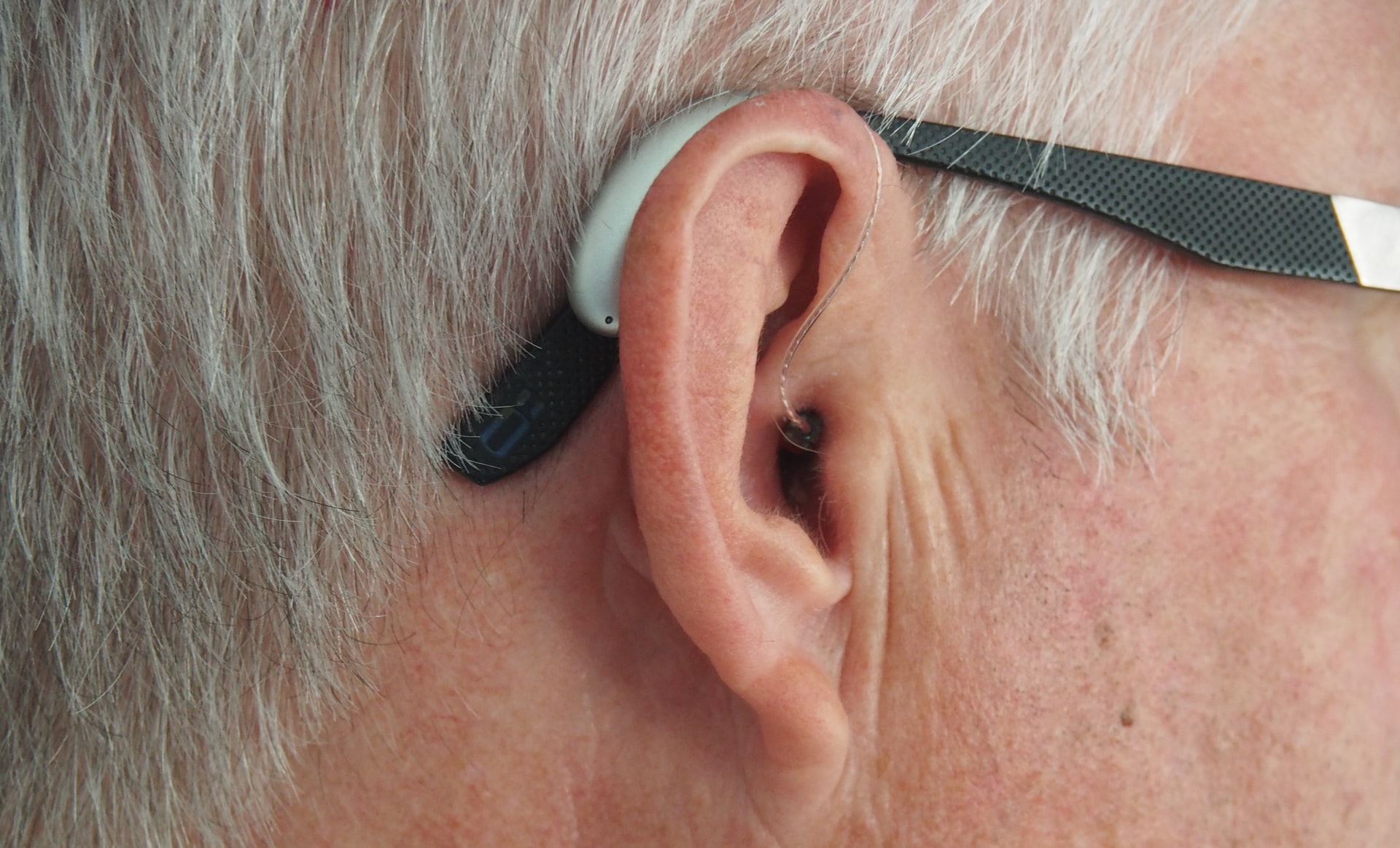How the Five Senses Change with Aging
January 25, 2021

It is no secret that as we age, we begin experiencing declines in all five senses. Marketers who want to sell aging Americans need to be aware of these changes, in order to more effectively advertise to them. While all five change, the two senses that are most important for advertisers to consider are vision and hearing.
How vision declines impact communication.
Let’s look first at changes in vision. As we age, the amount of light that reaches the retina declines. The average sixty year old receives one-third the light a twenty year old receives, making it more difficult to perceive contrast, colors and sharpness of detail – especially in low-light situations. Furthermore, it impacts a senior’s ability to respond to changes in illumination and increases sensitivity to glare.
These issues may often be amplified by the onset of other senior-related vision disorders like:
- Cataracts cloud the lens, leading to blurry vision, reduced sensitivity to contrast, and dulling of colors.
- Glaucoma causes damage to the optic nerve, often deceasing peripheral vision.
- Age-related macular degeneration causes central vision loss making it harder to read and recognize images.
- Diabetic retinopathy, which is a progressive damage to the blood vessels in the eye, also results in cloudy vision.
Steps to make it easier for older adults to read advertising messages include:
- Maximize contrast between text and background on which that text appears. Furthermore, don’t display text on patterned backgrounds.
- Use of common typefaces and larger type sizes – at least 12-14 point size.
- Avoid reversed type, especially in smaller sized fonts.
Anything that can be done to make reading easier for seniors will not only help deliver your selling message, it will be appreciated by those potential customers.
Age-related hearing loss is a fact of life.
Nearly everybody suffers from hearing loss as they age. Among the 75-80 year age group, 55% are suffering hearing loss. That percentage increases to 89% for those over 80. For perspective regarding the magnitude of hearing loss aging adults experience, an 85 year-old needs speech to be roughly eight-time louder than a fifteen year-old in order to hear it comfortably. In addition to comprehending simple speech, aging adults must also deal with:
- Reduced ability to filter out background noises – like in a crowded restaurant.
- Sensitivity to high frequency noises.
- Poorer ability to identify sound direction or its source.
So no matter which medium you choose to deliver your marketing message, make sure it is plenty loud and at a lower frequency. Furthermore, make the verbal communication as normal as possible – not too fast, but not too slow. And keep background noise to a minimum, whether it be background music or side effects. Ultimately, clarity is key when communicating with seniors.
Changes in touch can also be a problem – especially when interacting online.
Physical changes experienced by seniors can also affect their ability to receive messaging, especially when delivering that messaging online. As manual dexterity declines as a result of arthritis, navigation of a website becomes more difficult. Hands can experience numbness, reducing the ability to feel vibrations or pressure. And skin often becomes tender, because it is thinner and has less elasticity.
Touch-screens can be problematic, too. Because a senior’s skin is less oily, fingertips become so dry the screen cannot sense them, and consequently will not respond.
For online marketing, look for ways to make it easier for an older consumer to navigate and respond, such as providing larger buttons that react to a single mouse click (as opposed to double-click) and require less mouse precision that some older users may no longer have.
Taste and smell are not necessarily important communication considerations, but their changes are worth noting.
Just like the other senses, taste changes with age. We are born with 10,000 taste buds, but that number gradually decreases after 50. We have four basic taste sensations – sweet, salty, sour and bitter. The sweet and salty taste sensations are usually the first to diminish. Medications can also alter the ways flavors taste, too. The point is, “appetite appeal” is not as big a driver when marketing to the older cohort.
However, our sense of smell is the least affected by aging. Consequently, where possible, smell can enhance marketing communication it can help improve one’s appetite and mood, and sometimes unlock cherished memories.
Changes in the five senses among aging adults is going to happen. Marketers who are targeting this wealthy demographic group will be more successful in their advertising efforts, if they will recognize how the changes can affect the way they must deliver their marketing messages.





